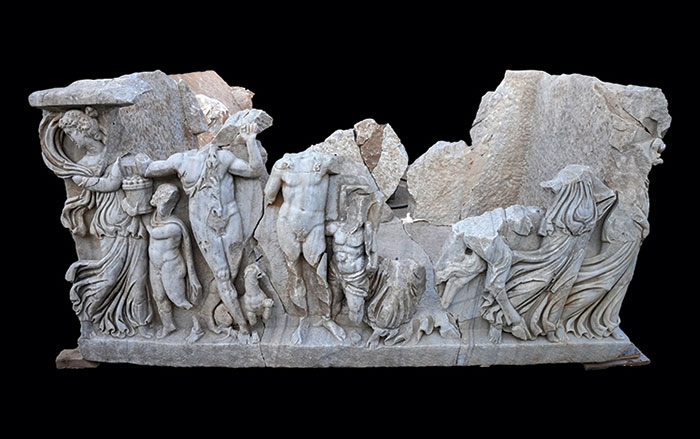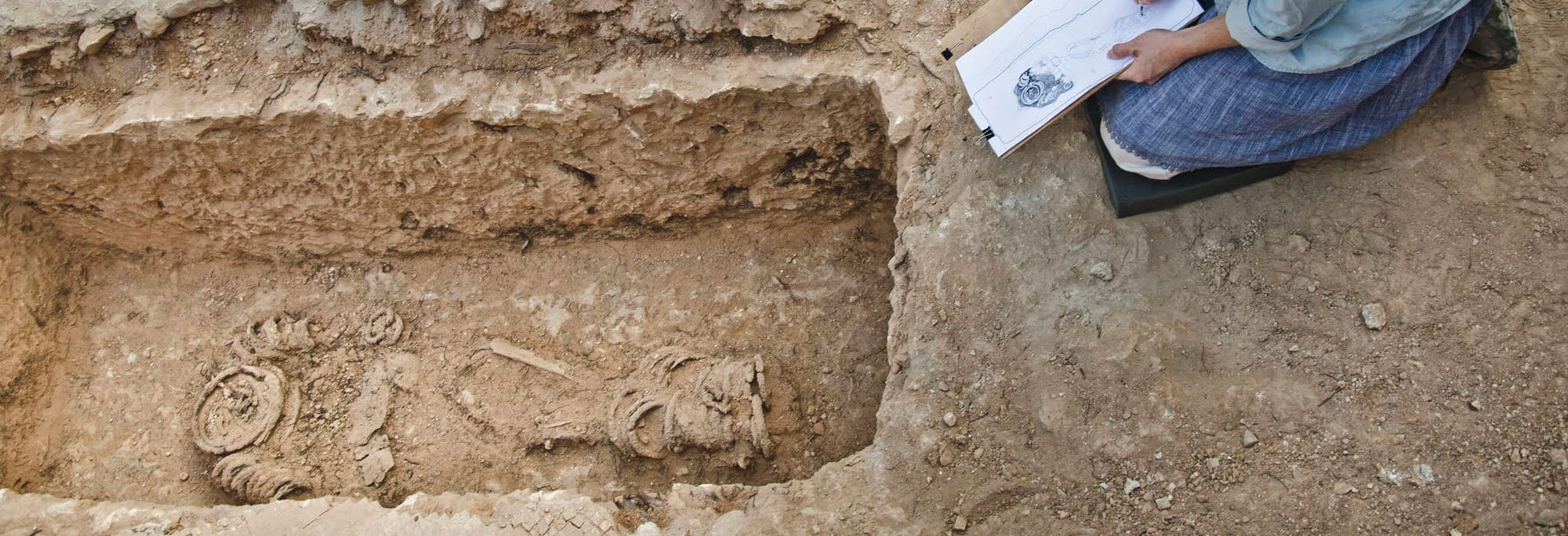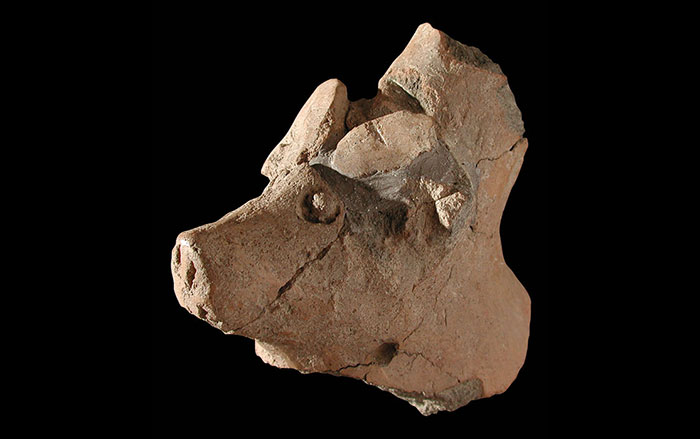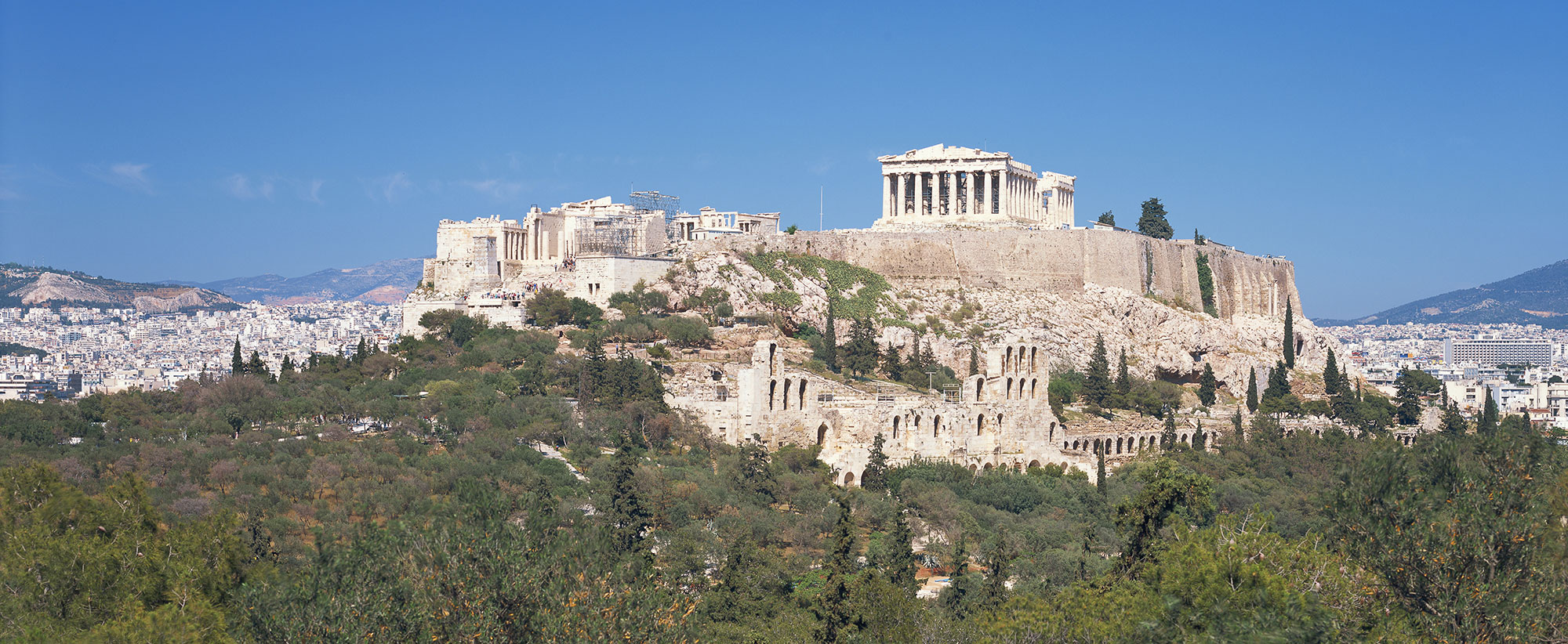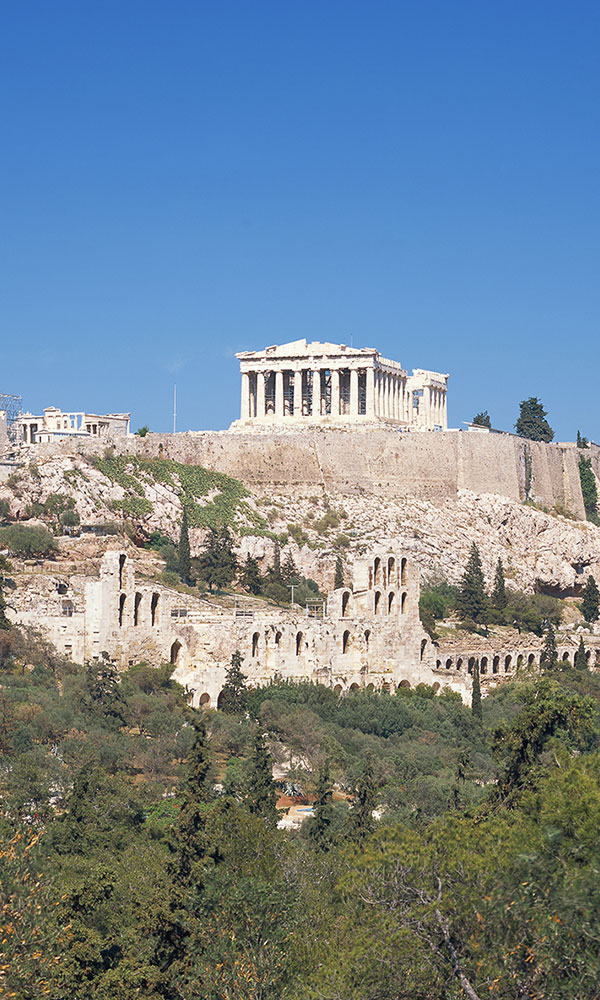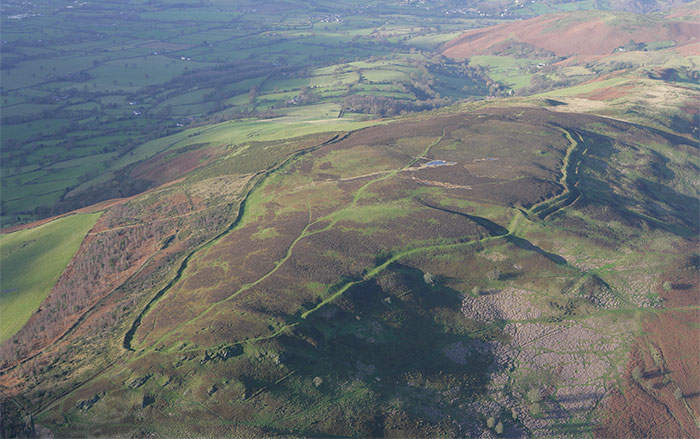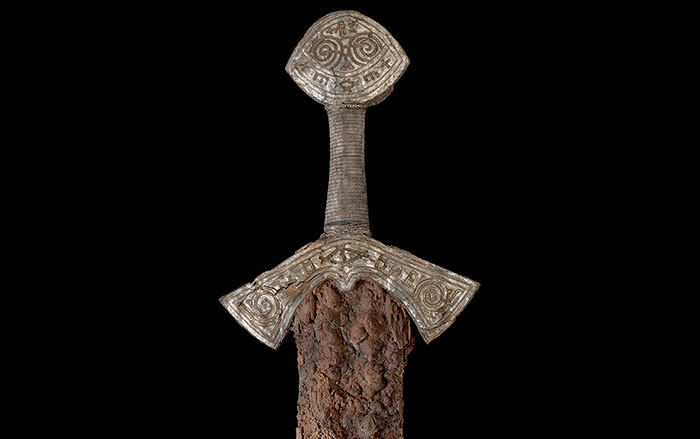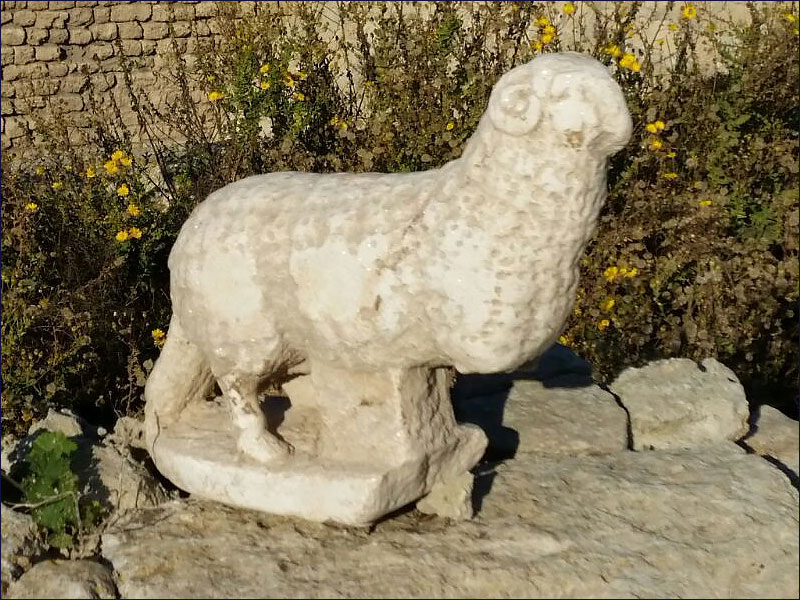
CAESAREA, ISRAEL—Last week, archaeologists from the Israel Antiquities Authority were digging near a Byzantine-era church in Caesarea Harbor National Park when they discovered a marble statue of a ram. In Christian art, rams could represent Christians or Jesus himself; in Roman art, rams appeared with the Greek gods Hermes and Mercury. In Egyptian art, rams were used to represent the god Amun. The statue “might have been part of the decoration of a Byzantine church from the sixth or seventh centuries A.D. at Caesarea. By the same token it could also be earlier, from the Roman period, and was incorporated in secondary use in the church structure,” excavation directors Peter Gendelman and Mohammad Hater explained in a press release. To read about a ritual bath discovered underneath a home in Jerusalem, go to "Under the Rug."


